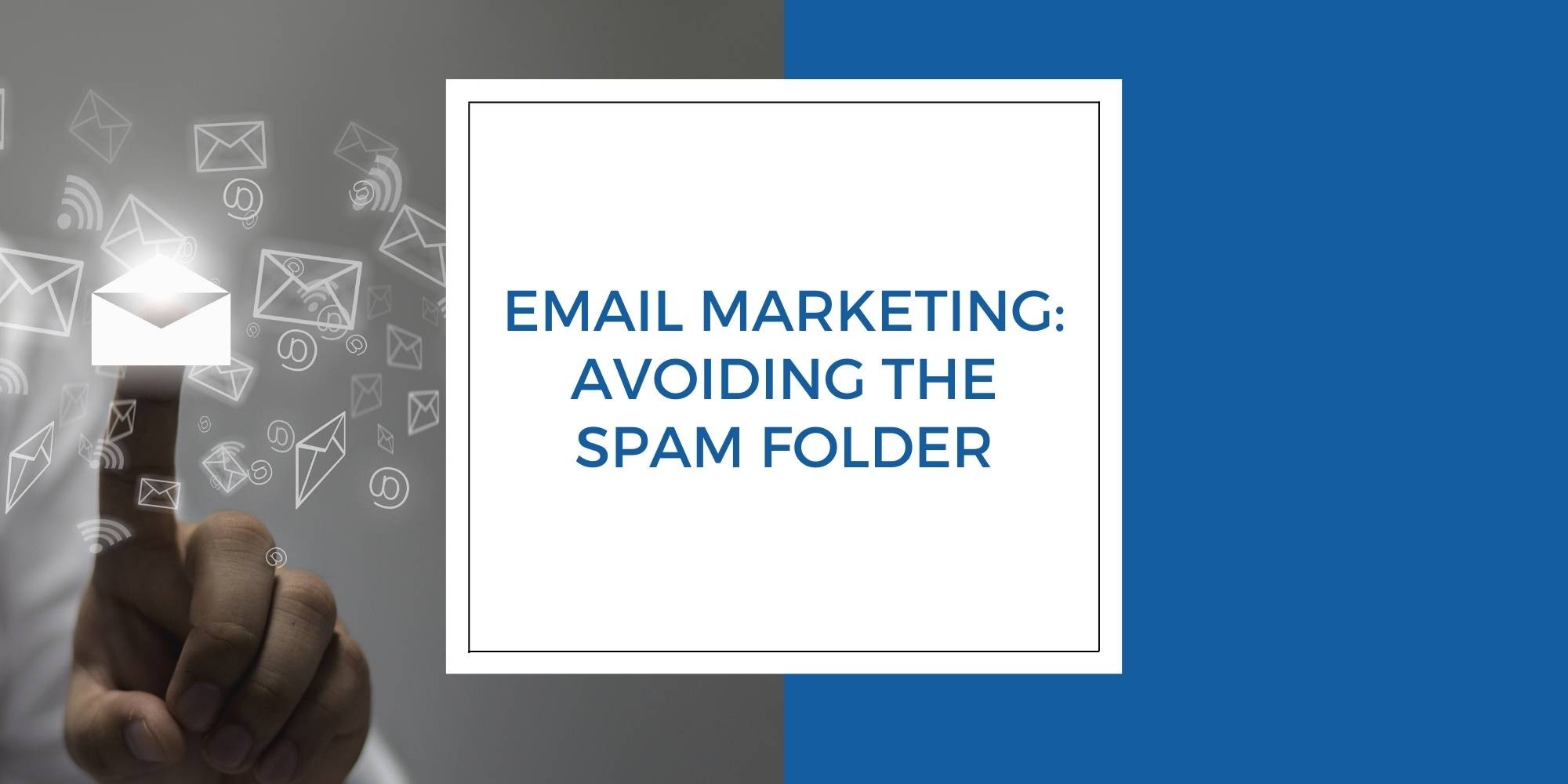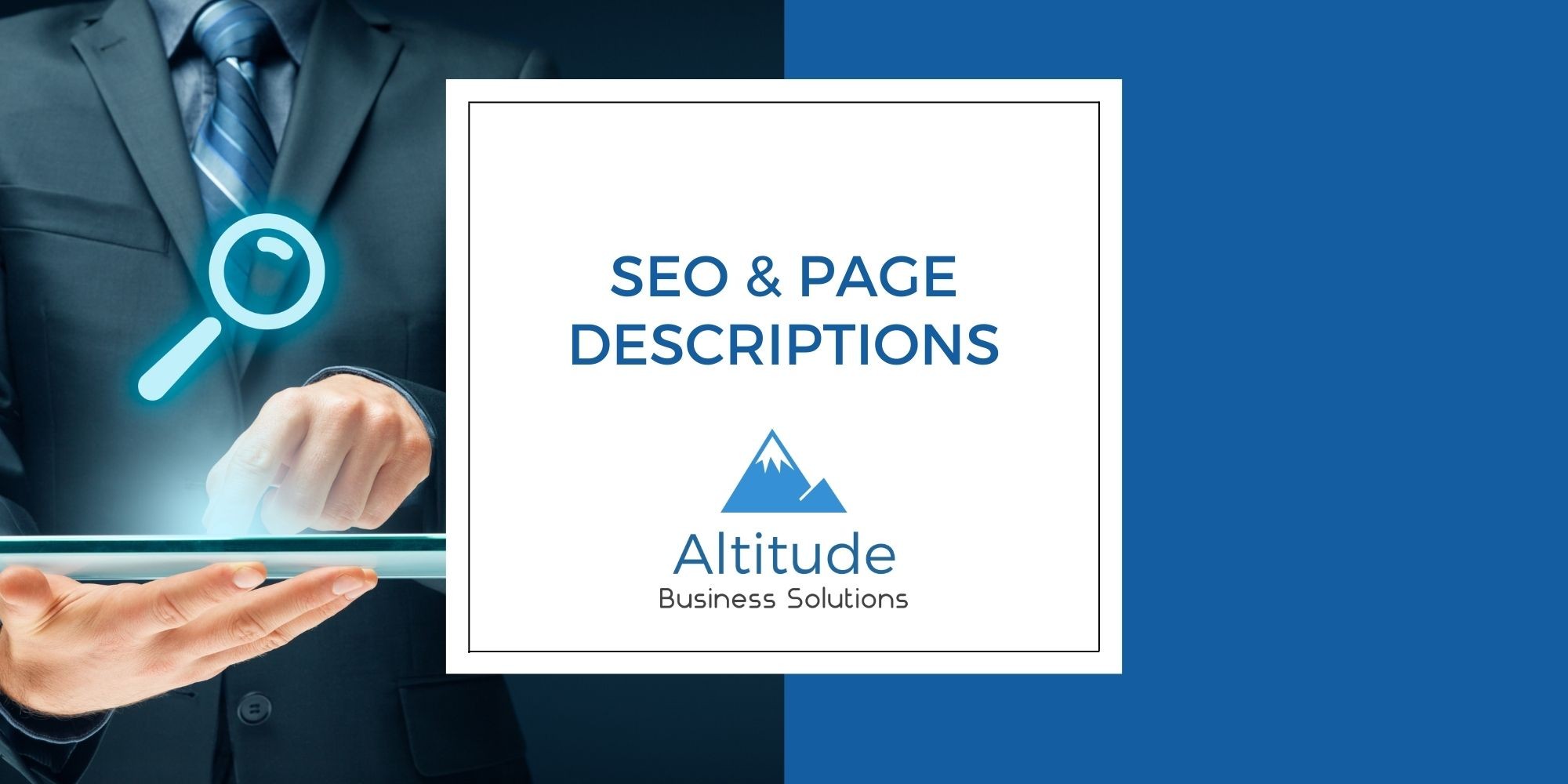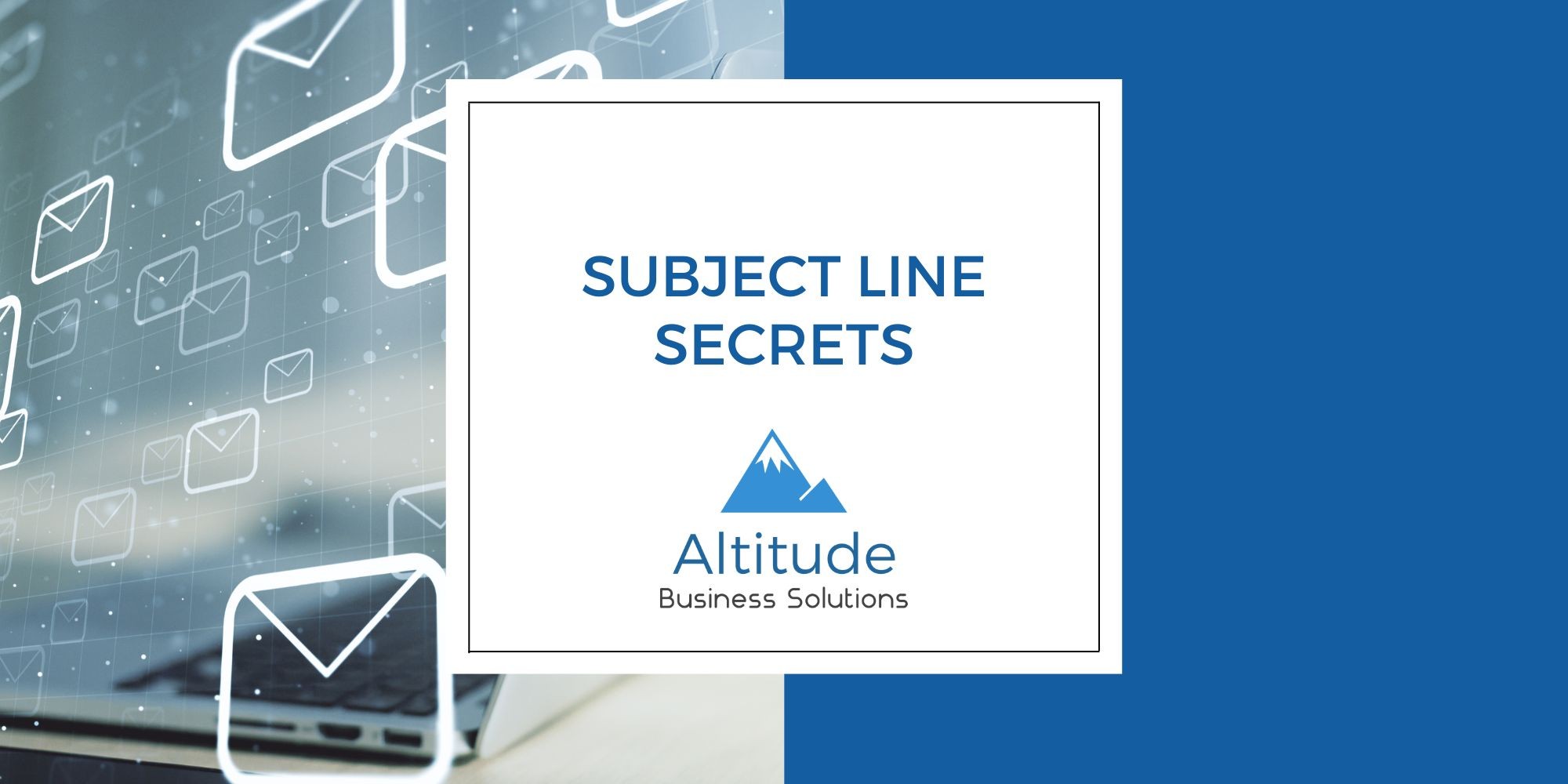

Ensuring the success of your email marketing campaigns goes beyond crafting compelling content and eye-catching designs. As we look to the
future, there are impending changes that can significantly impact your emails' deliverability and effectiveness. Specifically, the focus is
shifting toward email authentication, verification, and ensuring the correctness of DKIM and DMARC records.
Firstly, let's explore why these changes matter. Email verification involves validating the authenticity of the sender's email address, ensuring it's legitimate and not associated with spam or fraudulent activities. It adds an extra layer of credibility to your emails, fostering trust with both email service providers and recipients. This verification process verifies the ownership of your domain, assuring ISPs and inbox providers that your emails are legitimate.
Additionally, DKIM (DomainKeys Identified Mail) and DMARC (Domain-based Message Authentication, Reporting, and Conformance) records play a pivotal role in email security. DKIM adds a digital signature to your emails, allowing receivers to verify the sender's identity and the email's authenticity. DMARC, on the other hand, provides further instructions to email providers on how to handle emails that fail authentication, reducing the risk of email spoofing and phishing attacks.
With these upcoming changes, it's crucial for businesses engaging in email marketing to ensure that their email authentication protocols, particularly DKIM and DMARC, are correctly configured and aligned with their domain. Failing to do so might result in your emails being flagged as spam or not reaching the intended recipients' inboxes.
To ensure your emails continue to reach your audience effectively:
In conclusion, staying ahead in the evolving landscape of email marketing involves more than just crafting compelling content. It's essential to adapt to these upcoming changes, prioritize email authentication, and ensure the correct setup of DKIM and DMARC records. By doing so, you'll safeguard your email deliverability, maintain trust with your audience, and ensure your messages reach their intended destination – your subscribers' inboxes.

Unlocking the SEO power of hidden website weapons? Page descriptions are your secret weapon! This blog dives into how to craft compelling descriptions that make your website stand out in search results. Learn how to use keywords naturally, highlight benefits, keep it short, and sneak in CTAs. Plus, discover a free Chrome extension to check your descriptions and transform them from snoozefest to click magnets!
.jpg)
Worried about Australian email spam laws hindering your marketing efforts? Fear not! This blog explores common anxieties and clarifies the regulations. Learn how to build a permission-based email list legally, including strategies like offering valuable content and leveraging social media. Discover tips for crafting targeted messages, mobile optimization, and effective tracking to maximize your email marketing success, all while adhering to the Australian Spam Act.

Crafting subject lines that get noticed can feel like a battle. Ditch the spammy tactics and learn how to write compelling lines that spark curiosity, highlight benefits, and entice readers to open your emails. Discover techniques for A/B testing and avoiding spam triggers to ensure your emails land in the inboxes, not the junk folder.
Leave a Comment